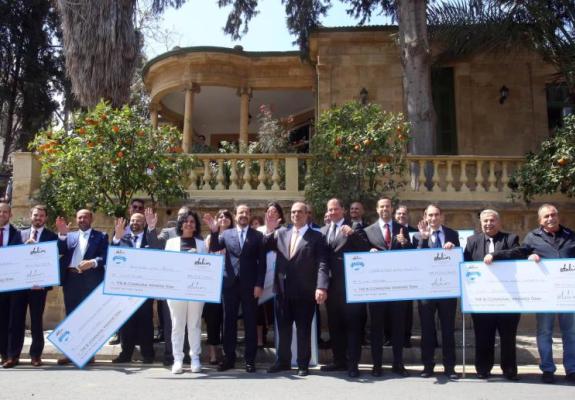Northwest Europe is at the Forefront of Hydrogen Production
Northwest Europe Has Huge Potential to Boost the Low-Emission Hydrogen Market
“Northwest Europe is at the forefront of developing low-emission hydrogen”, emphasises the International Energy Agency (IEA), noting that if all planned projects start operating commercially, Northwest Europe could produce about 7 million tons (Mt) of low-emission hydrogen annually by the end of this decade, covering about 2% of the region's primary energy demand.
The latest "Northwest European Hydrogen Monitor" report by the IEA, released on Wednesday, finds that Northwest Europe - a region that includes Austria, Belgium, Denmark, France, Germany, Luxembourg, the Netherlands, Norway, Switzerland, and the United Kingdom - has huge potential to boost the low-emission hydrogen market and has recently made progress in advancing significant regulations, but commitments to boost demand "remain a key challenge."
"Northwest Europe is at the forefront of developing low-emission hydrogen - although achieving the targets set by the countries of the region for 2030 will require further efforts from policymakers on a tight schedule," the report states.
However, the IEA notes that recent market developments, inflation, and cost increases may lead countries to revise their targets.
"In general, the focus has been on upgrading hydrogen production in many countries, although attention is also quickly shifting to boosting demand," the Agency notes.
The report adds that this area represents about half of the total hydrogen demand in Europe, while it has "huge and untapped potential for renewable energy sources in the North Sea and a well-developed, interconnected natural gas network, which could partly be repurposed to facilitate the transport and distribution of renewable and low-emission hydrogen, from production facilities to demand centres."
However, the International Energy Agency reports that most low-emission hydrogen projects in Northwest Europe are still in the early stages of development.
The new report finds that less than 4% of the projects that could provide low-emission hydrogen supply by 2030 are either operational, under construction, or have reached final investment decisions.
"This is much lower than the rates in the United States and China," it notes.
According to the report, rapidly enhancing supply will require stronger support from policymakers. It recommends the development of support mechanisms across the entire value chain, from research and development to production, transportation, and consumption. Boosting demand is particularly important, given the need to send clear messages to investors considering production plans.
"The countries of Northwest Europe are pioneers in the field of low-emission hydrogen, while many continue to increase their ambitions for production this decade," said Keisuke Sadamori, IEA Director for Energy Markets and Security.
"However, achieving these goals will require bolder action from policymakers, and soon, given the long lead time required for many hydrogen projects," he emphasises.






